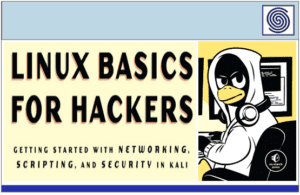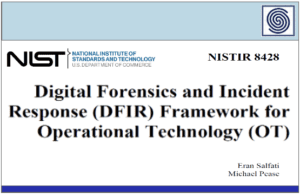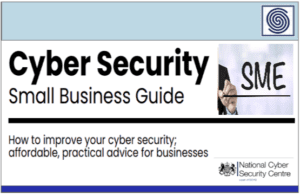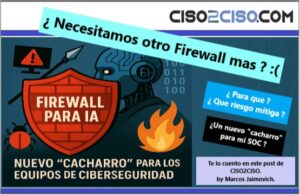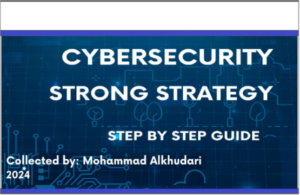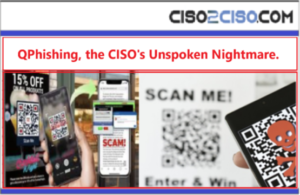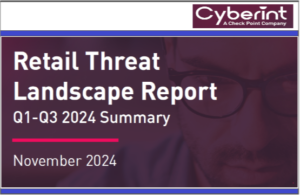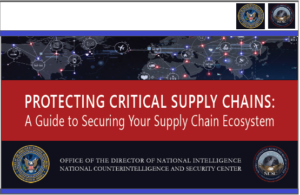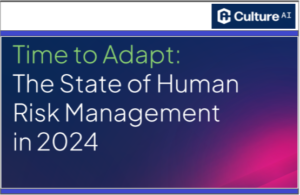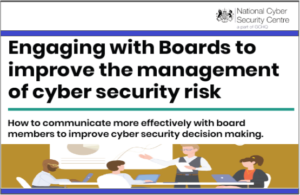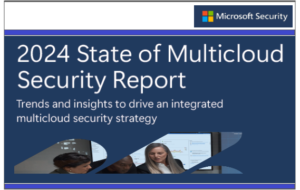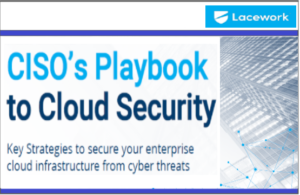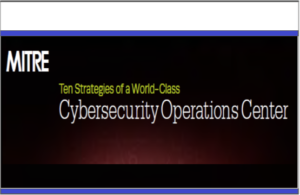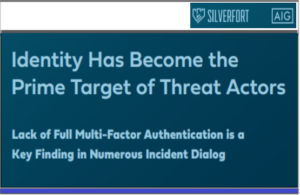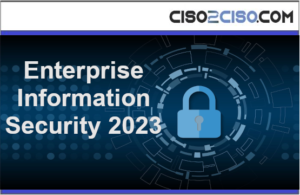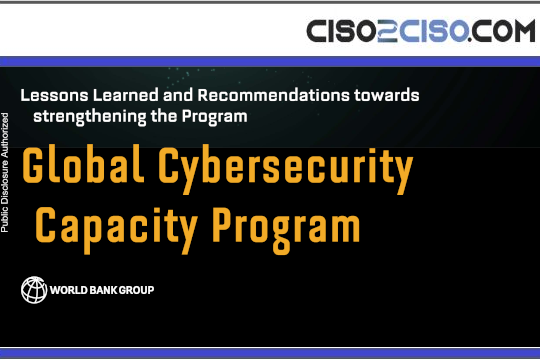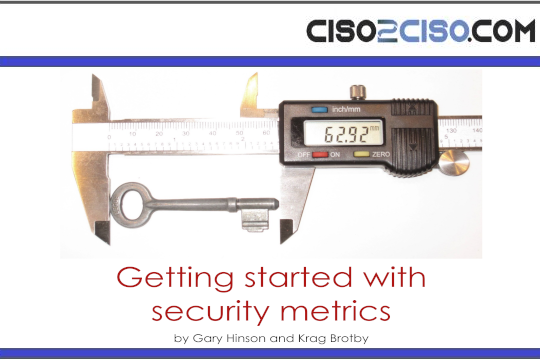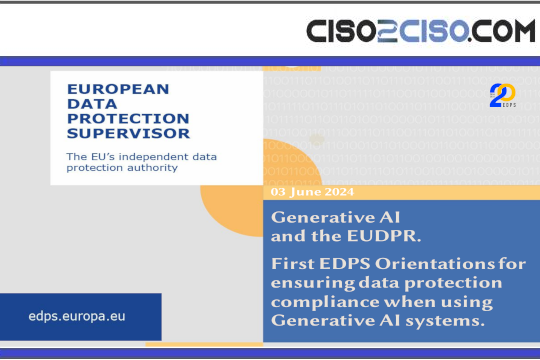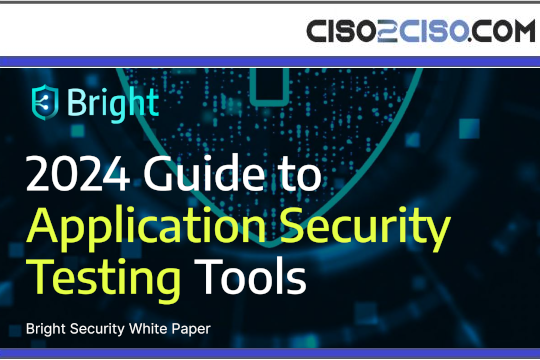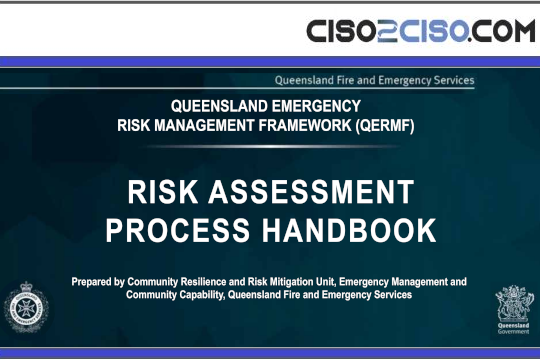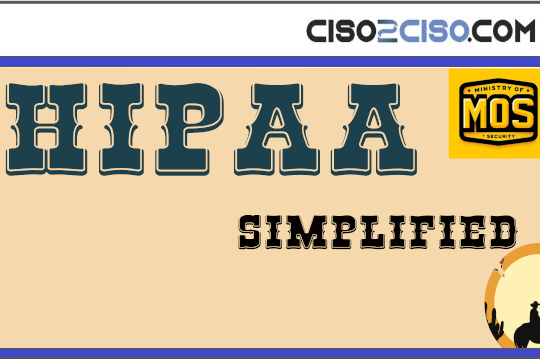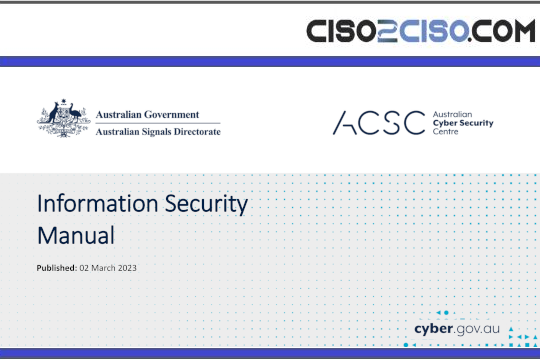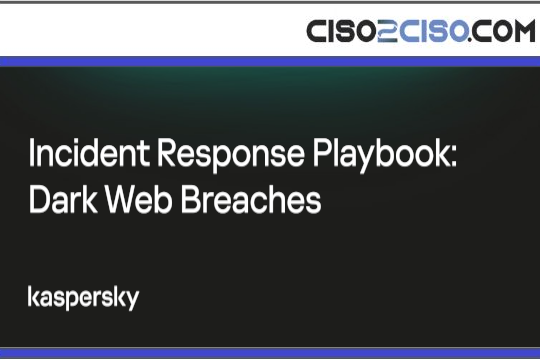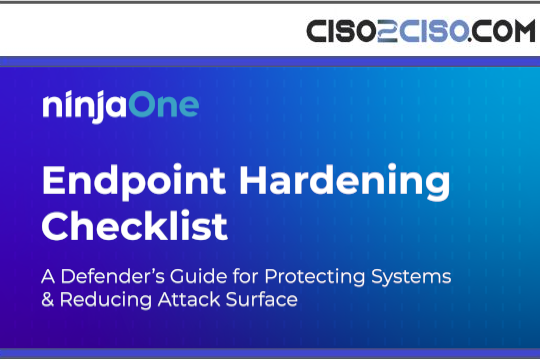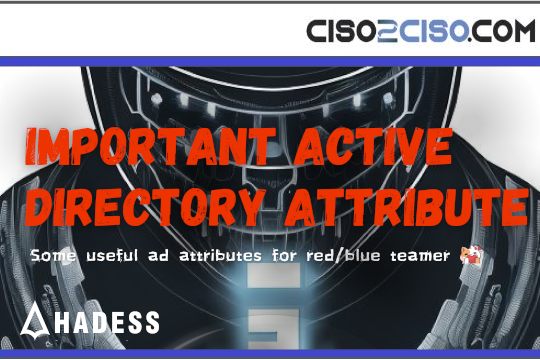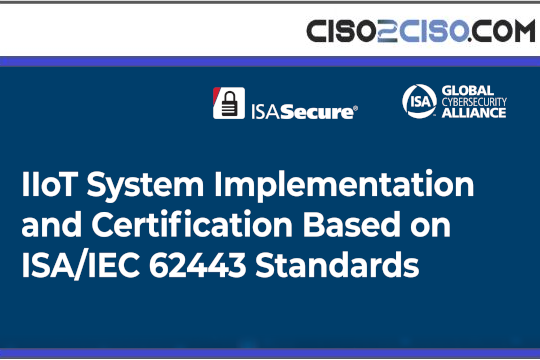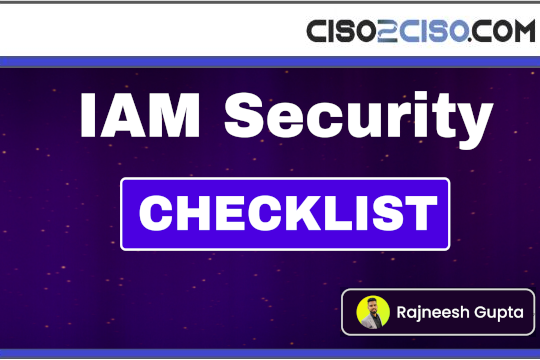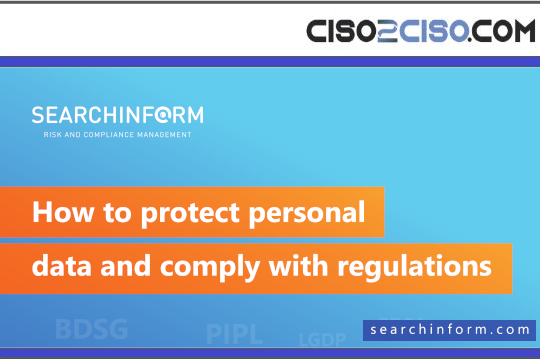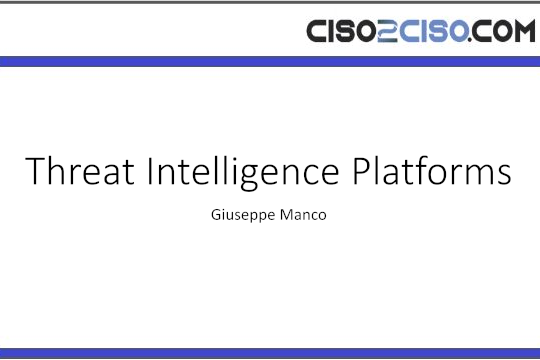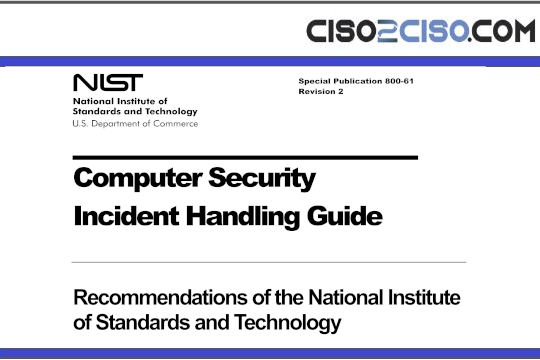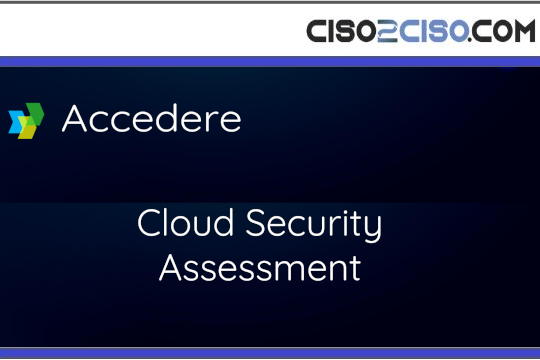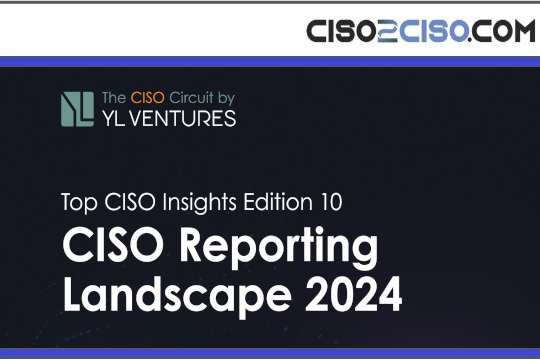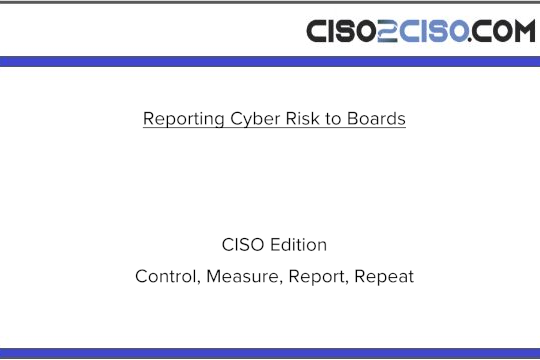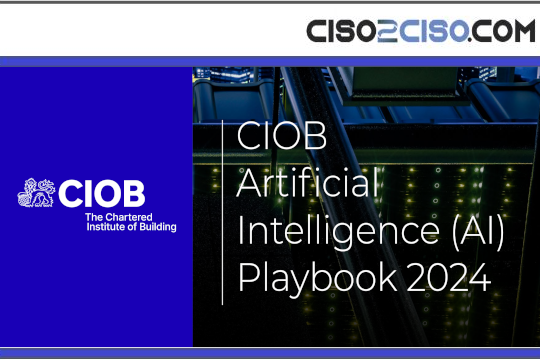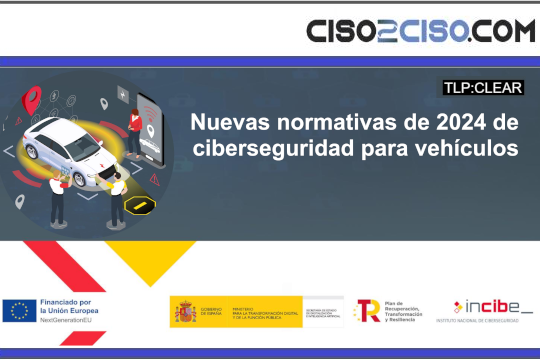Source: securityboulevard.com – Author: Alexa Sander
Digital tools have transformed how teachers and students engage in classroom activities, creating opportunities to enhance learning, communication, and organization. In this guide, we’ll explore the types of educational technologies available, their benefits for K-12 education, and how school districts can manage their digital classroom environments.
What is a digital classroom?
A digital classroom is a learning environment where teachers and students use digital technology and internet-connected devices to engage in educational activities. It integrates digital tools, software, and online resources to facilitate instruction, communication, and collaboration, making it possible for teaching and learning to occur in physical or virtual settings.
In other words, a digital classroom isn’t necessarily virtual. Even in a physical classroom, educators and learners can access technology-driven capabilities and resources to aid the learning experience.
Teachers can participate in a digital classroom in many ways, such as:
- Delivering lessons via video conferencing tools.
- Assigning work through a learning management system (LMS).
- Providing real-time feedback using digital tools, such as quizzes or polls.
Likewise, students participate by:
- Accessing lessons and course materials through a digital platform.
- Submitting assignments, completing quizzes, and joining interactive activities online.
- Collaborating with peers on group projects through shared documents or discussion forums.
Most educators have already integrated technology into their routines to augment traditional teaching methods. In fact, a 2024 survey from Lumio revealed that 85% of teachers use digital technology in their courses a few times a week if not every day. Almost 40% describe their reliance on digital tools as reaching the level of necessity.
Benefits of digital classroom technology
Why do so many teachers use digital resources? Simply put, the advantages are abundant. Teaching with technology can help educators and students alike in numerous ways:
- Enhanced learning opportunities: Digital classrooms provide access to a broader range of educational resources, including multimedia content, online lessons, and virtual simulations, making learning more engaging and effective. Not only do these interactive tools improve student participation, but they also make the learning experience more fun for everyone.
- Hybrid and remote learning: With the rise of remote learning models, digital classrooms enable continuity of education regardless of location. They support synchronous and asynchronous learning, accommodating different schedules and needs. If, for whatever reason, schools are again forced to move online, they won’t be bound by the walls of the traditional classroom.
- Skill development: Today’s businesses use digital resources in almost all facets of their operations. Technology tools prepare students for the modern workforce by building digital literacy, critical thinking, and collaboration skills early in their development.
- Personalized learning: Adaptive learning software tailors content to individual student needs and learning paces. As Lumio reported, 70% of educators say technology makes them feel equipped to effectively support all types of learners, including those who are neurodivergent or need extra support.
- Collaboration: Students and teachers can collaborate more easily through shared platforms and tools. This can make group assignments more effective, with all the tools learners need available in one place.
- Data insights: Analytics from LMS platforms provide teachers with actionable insights on student progress and performance. That’s why 90% of teachers say technology helps them assess student learning more effectively.
How does a digital classroom work?
Digital learning relies on a combination of technologies, such as:
- LMS platforms: Learning management systems, like Google Classroom, serve as hubs for lesson plans, assignments, grades, and communication. They’re how students access learning material and how teachers measure student progress.
- Devices: Laptops, Chromebooks, tablets, or other internet-enabled devices are the primary tools for accessing materials, submitting work, and engaging in activities. In education, the availability of this technology represents a digital divide between some school districts and others. Unfortunately, not all districts have the means to provide students with devices, nor do learners have access to them at home.
- Video conferencing tools: Platforms like Zoom and Google Meet enable real-time discussions, lectures, and group activities, particularly for remote learning. They also provide chat functions, discussion boards, and announcements for seamless communication between teachers and students.
- Digital resources: Tools like Google Docs, Slides, and Canva allow teachers and students to create and share documents, presentations, and other content. Some include engaging features, like an interactive whiteboard where everyone can collaborate in one space, much like a traditional chalkboard.
- Classroom management tools: A classroom management tool allows teachers to control access to certain websites, focus students on specific resources, and monitor their behavior during the lesson. Think of this as the missing piece of the puzzle — the key to eliminating distractions and using digital technology to its full potential.
How to set up a digital classroom
The digital classroom setup process is quick and easy. To demonstrate, let’s assume you’re using Google Classroom.
Here’s how to get started in a few easy steps:
- Sign in: Navigate to classroom.google.com and log in with your Google Account.
- Create a new class: On the Classroom homepage, click the “Add” button. Select “Create class,” and enter the class name. Here, you can add details such as the subject or room number to stay organized. Click “Create” to finish the setup.
- Invite students: Once finished, you’ll have a unique class code. Share this with your students so they can join the class. Alternatively, you can invite them directly by email.
- Set up learning material and assignments: Use the “Classwork” tab to create assignments, quizzes, and questions. Organize course materials by topic to structure the content effectively.
- Communicate with students: Use the “Stream” page to post announcements and engage in discussions with your class. You can also adjust posting permissions to control where students can comment.
- Manage class settings: Click the “Settings” icon in the upper-right corner of the class page. Here, you can update class details, manage the class code, and adjust general settings such as grading preferences.
From here, a digital classroom is what you make of it. You can incorporate other platforms and resources according to your district’s needs to make the best possible online learning environment.
Digital classroom management: challenges and solutions
As beneficial as they can be, digital classrooms can still pose obstacles you must overcome. Should these barriers stop you from leveraging education technology to your advantage? No, but you should know what to expect.
Here are a few potential challenges you might face:
- Technical issues: Of course, technology doesn’t always work as intended. 30% of educators say technical problems are their biggest barrier to tech adoption. This underscores the need for highly reliable platforms and devices, plus technology partners with dedicated customer support.
- Distractions: 25% of educators say distractions are another big hurdle when integrating technology into teaching. Some students inevitably use their school-provided devices for reasons other than learning, such as games or chatting with friends. However, with the right classroom management tool, you can keep learners engaged, focused, and away from non-educational content.
- Monitoring activity: Teachers often struggle to keep track of students’ online behavior during a lesson. This is especially true in remote learning, where they’re simply unable to physically monitor everything.
- Cyber safety: Inappropriate content or cyberbullying can occur in an unsupervised digital environment. Without visibility, you might have students harassing one another or accessing unsafe websites.
- Compliance: Keep in mind that K-12 schools must meet federal and state regulations, like the Children’s Internet Protection Act. Specifically, they’re required to prevent students from accessing potentially harmful material online.
The good news? You can mitigate all these challenges in one place. At ManagedMethods, we’ve developed several solutions to help K-12 districts simplify cybersecurity and cyber safety. With Classroom Manager, you’ll soon be able to monitor your digital classroom and keep students focused on what matters most.
Here’s a look at some of the tool’s key capabilities:
- Teacher dashboard: Classroom Manager provides teachers a live view of students’ online activity, including the websites and tabs they have open. It also enables educators to quickly identify off-task or inappropriate behavior during lessons, ensuring students stay engaged and on track.
- Remote control: Teachers can remotely close distracting or inappropriate tabs on students’ devices. The system allows educators to guide students back to the correct online resources by opening specific websites or tabs for them.
- Content filtering: Classroom Manager inherits and extends the web filtering policies set up in Content Filter, ensuring that inappropriate or unsafe content is blocked.
- Personalized learning: The Scenes feature allows teachers to create tailored rules for different classrooms, grade levels, or student groups. For instance, if a group of students needs access to certain websites for an assignment, you can temporarily change that group’s permissions.
- Easy integration: Classroom Manager is deployed through the Google Admin console, simplifying installation and management across the district.
Simplify classroom management
Keep an eye out for the upcoming release of Classroom Manager. Not only does it help you eliminate distractions and keep students focused, but it also enables you to take full advantage of your digital classroom technologies.

The post A K-12 Guide to the Digital Classroom appeared first on ManagedMethods Cybersecurity, Safety & Compliance for K-12.
*** This is a Security Bloggers Network syndicated blog from ManagedMethods Cybersecurity, Safety & Compliance for K-12 authored by Alexa Sander. Read the original post at: https://managedmethods.com/blog/digital-classroom/
Original Post URL: https://securityboulevard.com/2025/01/a-k-12-guide-to-the-digital-classroom/
Category & Tags: Security Bloggers Network,Classroom Management,education – Security Bloggers Network,Classroom Management,education
Views: 5





